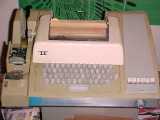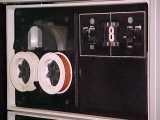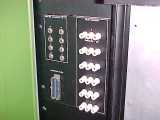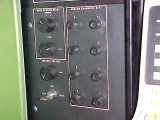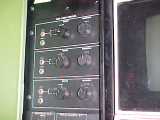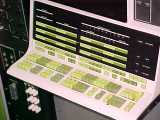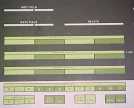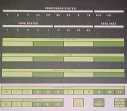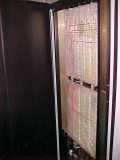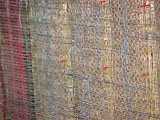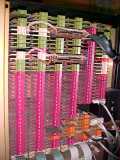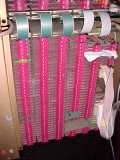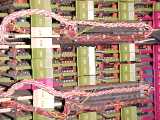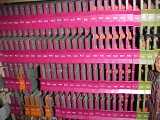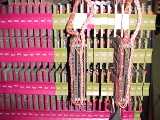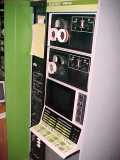 The PDP-12 is a dual-processor 12-bit minicomputer
designed for interactive, real-time laboratory use.
It was introduced in 1969 and 725 were built before
the line was discontinued in 1972.
The PDP-12 is a dual-processor 12-bit minicomputer
designed for interactive, real-time laboratory use.
It was introduced in 1969 and 725 were built before
the line was discontinued in 1972.
The basic machine came configured with dual LINCtape drives, a scope display, and IO ports for interfacing with external laboratory equipment.
It can run a number of different operating systems, including DIALPS, LAP6W, and OS/8.
